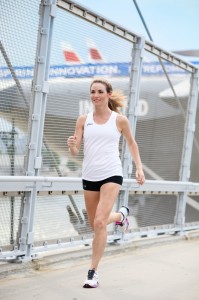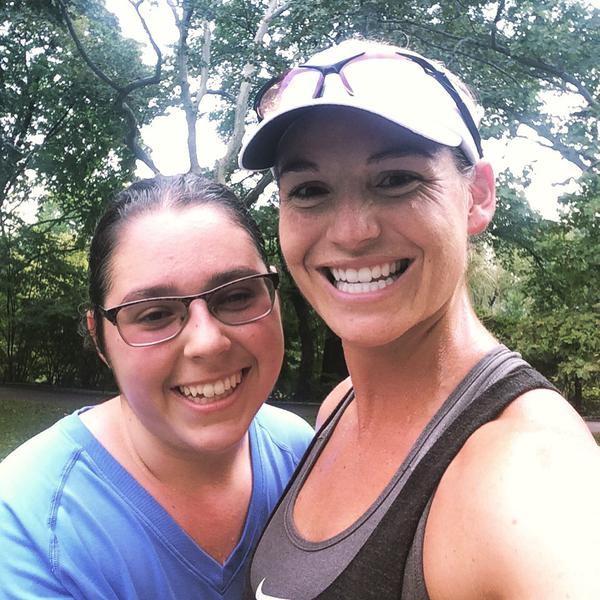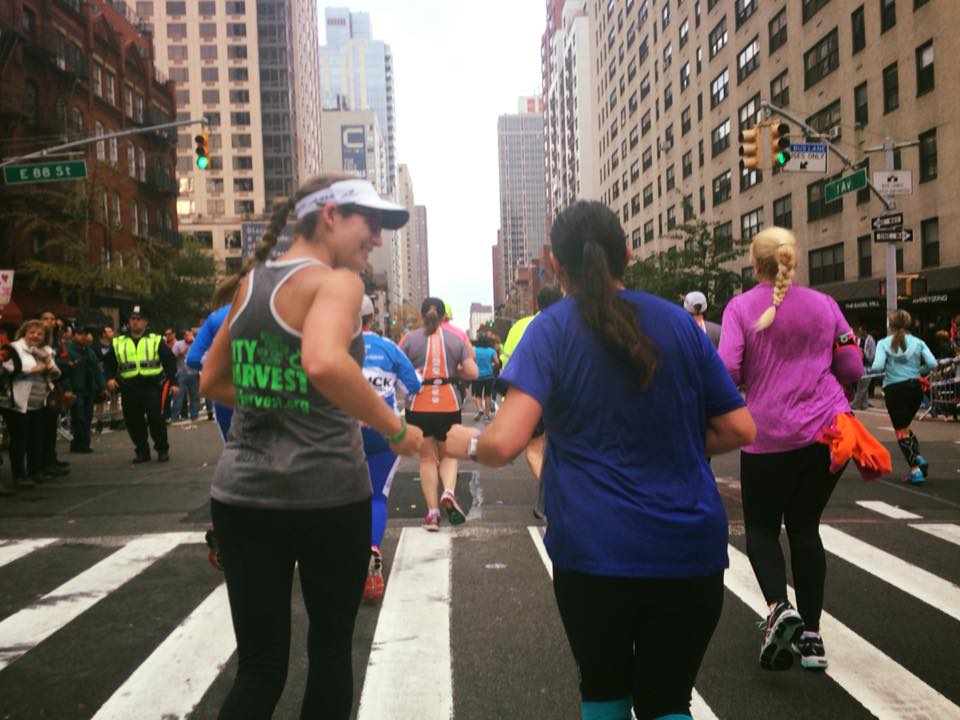This week’s blog is about the best and the worst. As an athlete and a coach I have experienced and witnessed countless smart and poor choices in both training and racing. We often learn from expert advice or from our own experience, and so in hopes this blog helps you avoid bad choices and make many good ones, here are some of my favorite good/bad decisions a runner can make.
The Good:
- Track your training. If you use a GPS device, this is quite easy. Track the miles, effort, and pace. This information is incredibly valuable. Many runners I know have data from the last 5-10 years!
- If you are seriously training for a goal race, you need to keep a watchful eye on the forecast. Adjust training days or expectations for weather. There’s absolutely no excuse for missing a long run because it rained on Saturday. Plan to move your long run to Sunday or get creative.
- Train with purpose. This sometimes means running or training LESS. If you don’t know the reason for your training that day, you should question why you are doing it.
- Treat yourself like an athlete. This means eating, sleeping, and drinking like one. Set yourself up for success.
- Be cautious. If something feels injured, DO NOT continue to run through it. Overtraining and injuries can usually be avoided. You are not brave, tough, or dedicated if you train through injuries. You are stupid.
- Show up early to races. My athletes who achieve their race day goals usually get there early, and give themselves ample time to warmup, relax, hydrate, and prepare in every way necessary. Showing up frazzled and last-minute is usually the recipe for disaster. Respect your goals.
- Learn how to fuel your body. Our bodies are pretty smart, and usually give us clue, cues and advice as to what works and what doesn’t. Like your training, make note of your fueling needs, schedule, etc.
- Communicate with your coach! Though your coach can’t be a mindreader or do the work for you, they are there to support you. It’s impossible to be supportive when the coach doesn’t know how to help you. If you don’t have a coach, rely on your team or running buddies for support. The running community can be extremely knowledgable and supportive!
The Bad:
- Skipping the taper or recovery. Elite athletes know to respect these important steps to training, so why are any of us the exception to this step? Respecting the taper doesn’t mean pausing all training, either. I’ve had plenty a runner “not run” during the taper, which is almost as bad as blowing through the taper at high speed. Training cycles exist for a reason. If you don’t understand them, do some research or ask a coach.
- I have never heard a runner say “I shouldn’t have listened to my coach,” but I hear “I should have listened to my coach” all the time. If you hired a coach, there’s probably good reason for it. Trust that person you are paying good money to guide you!
- Eating something new the night before or morning of a race or long run. This rarely ends well.
- Trying new socks, shoes, or a new outfit for a marathon. Your long runs are dress rehearsals for everything – including wardrobe. Trying something new risks blisters, chafing, bloody nipples, and general discomfort – none of which are supportive of a successful race.
- Winging it on race day. While plans don’t always pan out, having no plan at all is like dancing with the devil. Study the race course, and have a plan on pacing, fueling, and how you are mentally breaking up the race distance.
- Giving up before you begin. It’s impossible to have a good run or race if you doom it before you start. Yes, speed workouts, long runs and races usually hurt. But dooming yourself sets you up for failure.
- Just as one good race or workout doesn’t define you as an athlete or human being, neither does one bad one. The athletes who learn to really care about their goals but also keep a healthy perspective are usually the ones who succeed and enjoy running for life.
 On May 15th I ran my first solo marathon since Boston 2015. My goal was simple: lock in a BQ. While I felt pretty confident I’d complete a 3:15-3:30 marathon, a whole lot can happen in the course of 26.2 miles. Plus, this marathon was a short two weeks since my “A” race for 2016, the Broad Street Run.
On May 15th I ran my first solo marathon since Boston 2015. My goal was simple: lock in a BQ. While I felt pretty confident I’d complete a 3:15-3:30 marathon, a whole lot can happen in the course of 26.2 miles. Plus, this marathon was a short two weeks since my “A” race for 2016, the Broad Street Run. It’s been a hot second since my last blog post. I feel like I blinked, and we went from the end of 2015 to Spring 2016. My apologies, fellow runners and devote readers! I promise my posts will be back on track. There have been some big changes here – both personal and professional. If you are a New Yorker, you know that moving is perhaps the worst thing ever. Well, I’m happy to say I have found an amazing apartment, but am now in the downsizing and packing process. I am reminded when stress strikes to take a deep breath and go for a run. I always feel better. So if you are dealing with life stress, remember that 30-60 minutes to go clock some miles will always do your body, brain and happiness some good.
It’s been a hot second since my last blog post. I feel like I blinked, and we went from the end of 2015 to Spring 2016. My apologies, fellow runners and devote readers! I promise my posts will be back on track. There have been some big changes here – both personal and professional. If you are a New Yorker, you know that moving is perhaps the worst thing ever. Well, I’m happy to say I have found an amazing apartment, but am now in the downsizing and packing process. I am reminded when stress strikes to take a deep breath and go for a run. I always feel better. So if you are dealing with life stress, remember that 30-60 minutes to go clock some miles will always do your body, brain and happiness some good.




